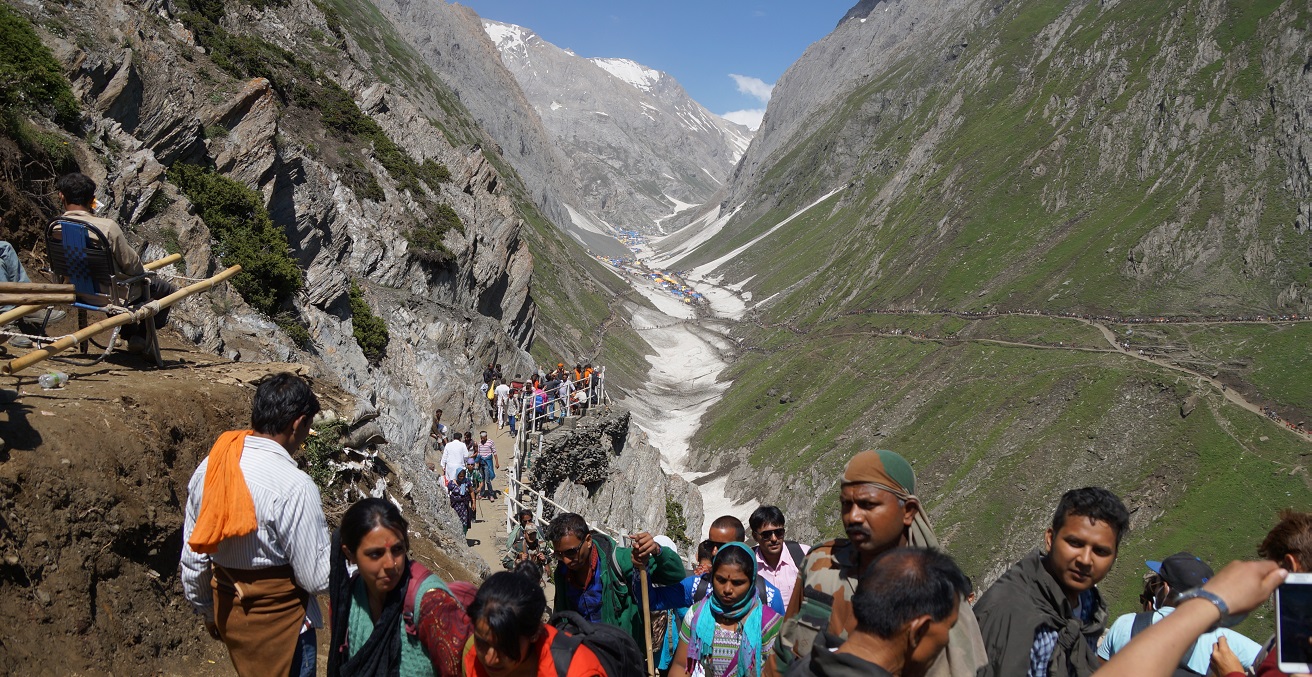2020 Defence Strategic Update: Why South Asia Still Matters

Australia’s 2020 Defence Strategic Update’s singular focus on US-China competition fails to account for the greater threat present in South Asia. The recent clash between China and India demonstrates that this region should be a prominent part of Australia’s regional defence strategy.
The 2020 Defence Strategic Update represents and important restatement of Australia’s interests and the fast-evolving challenges to those interests. However, the almost singular focus on the US-China dynamic overlooks the India-China contest in South Asia which presents a greater risk of kinetic warfare, and thus, a larger threat to Australia’s interest in peace and stability in the Indo-Pacific. The recent clash in the Himalayas was a timely, and tragic, reminder of this.
While the tensions between Beijing and New Delhi bear many commonalities with the US-China contest, there are four additional factors present in South Asia that raise the possibility of actual conflict. The first is geography. India and China share a long land border, with two contested territories: Aksai Chin in India’s northwest and Arunachal Pradesh in the northeast. Beijing’s nominal control of Aksai Chin presents a link between its Tibetan and Xinjiang provinces and a strategic route through the Himalayas into India and Pakistani Kashmir. Similarly, India’s dominance of Arunachal Pradesh provides it with strategic territory on the Tibetan border. Beijing and New Delhi are thus very invested in winning these two territorial disputes. Additionally, their border is interrupted by the two small. strategically located nations of Nepal and Bhutan. These countries are subject to fierce competition between India and China, which both try to gain political influence in these border nations. This proximity is in stark contrast to the lack of direct contact between the US and China, whose contest is centred on maritime trade, security interests, and international partnerships with East Asian countries. As Professor Hugh White astutely emphasises, this lack of territorial investment makes US withdrawal a more likely outcome than conflict in the struggle between Washington and Beijing.
This leads into the second factor: water. The Himalayas in Tibet are a crucial water source for both India and China, with key rivers commencing in the high mountains. As India and China face population growth and increasing water insecurity, this region has growing importance as a solution to an increasing existential threat. Furthermore, India intends to establish substantial hydroelectric power generation in Arunachal Pradesh to provide electricity for its eastern provinces. Both governments perceive the other’s military presence in the disputed territories as a threat to these resources. While the South and East China Seas are important trade links, and America values stability in these maritime regions, the US can find other routes for its goods, and thus lacks the same investment in the contested territory.
Geography and water intertwine closely for both China and India with their nationalistic outlooks. It is obvious that since their ascent to national leadership, both Chinese President Xi Jinping and Indian Prime Minister Narendra Modi have heavily promoted nationalist ideologies. Importantly, both populaces appear to be championing their leaders’ nativist signalling. In India, Modi’s efforts to change the citizenship laws in order to exclude Muslim groups have gained great favour and led to acts of violence by Hindu Indians against their Muslim compatriots. Similarly, in China, there is growing prevalence of “wolf warrior” diplomacy, which is designed to appeal to domestic audiences by admonishing any criticism of the nation. These two nationalist ideologies have been aimed at each other in the wake of the conflict in the Himalayas, with Indian celebrities leading a popular boycott of Chinese products. These trends reveal the capacity for small-scale conflicts between their nationalist citizens to morph into uncontained antagonism between both countries. While President Trump has employed a strong form of nationalist rhetoric in the US, particularly against China, Americans have not lent him nearly the same level of support.
All of these issues are significant in their own right, but they are exacerbated by a fourth factor: political power building between China and India in other South Asian countries. Geography, water, and nationalism combine in the tensions between the two nations over Pakistan, India’s bête noire and China’s key regional ally. Pakistan furthers regional instability through the possession of its own nuclear weapons and stridently nationalistic foreign policy. At the same time, both New Delhi and Beijing are threatening the other by seeking close partnerships with the states surrounding the other. China is building strong relationships through its Belt and Road investments in Bangladesh, Myanmar, and the Maldives, and it already holds a 99-year lease on a strategic port in Sri Lanka. India has employed an “Act East” policy aimed at enhancing its relations with the East Asian nations of Japan, South Korea, and Vietnam. The current American administration, on the other hand, is spurning its East Asian allies, weakening its own contest with China for regional hearts and minds.
The deadly clash along the Line of Actual Control in Aksai Chin illustrated the existing lack of trust and communication between Beijing and New Delhi that could lead to a deadly miscalculation. Given the significance of both India and China to the Indo-Pacific, Australia’s Department of Defence should develop an Australian approach to this contest, as it presents a greater risk to stability and peace in the region.
Kim Garling is a recent Master of International Relations graduate from the University of Sydney. The central focus of his studies was on Sino-Russian relations, geopolitics, and human rights.
This article is published under a Creative Commons license and may be republished with attribution.





